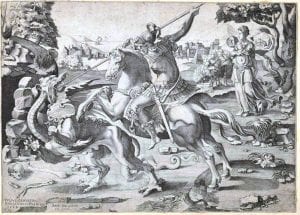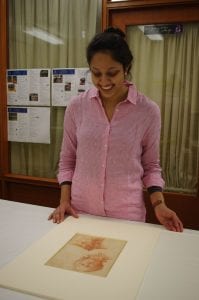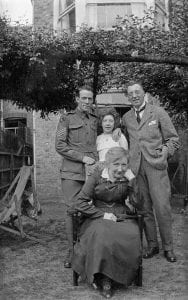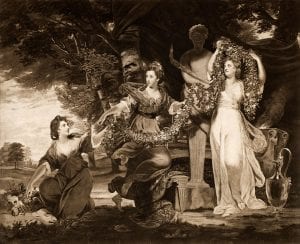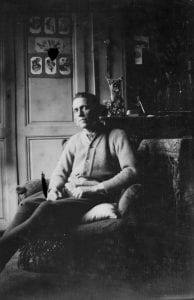Faithful and frightening: The Renaissance imagination explored
A post by Mary Henkel who is an undergraduate student at the University of Melbourne studying Art History.
Continue reading “Faithful and frightening: The Renaissance imagination explored”

